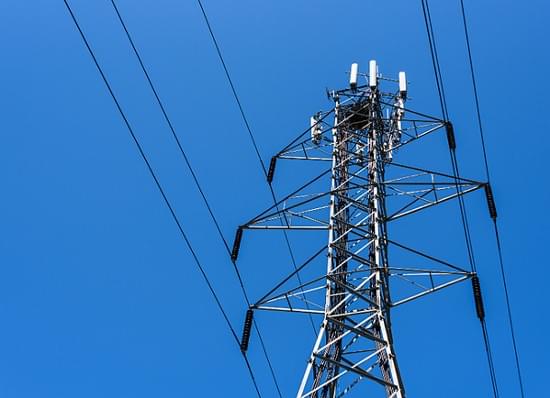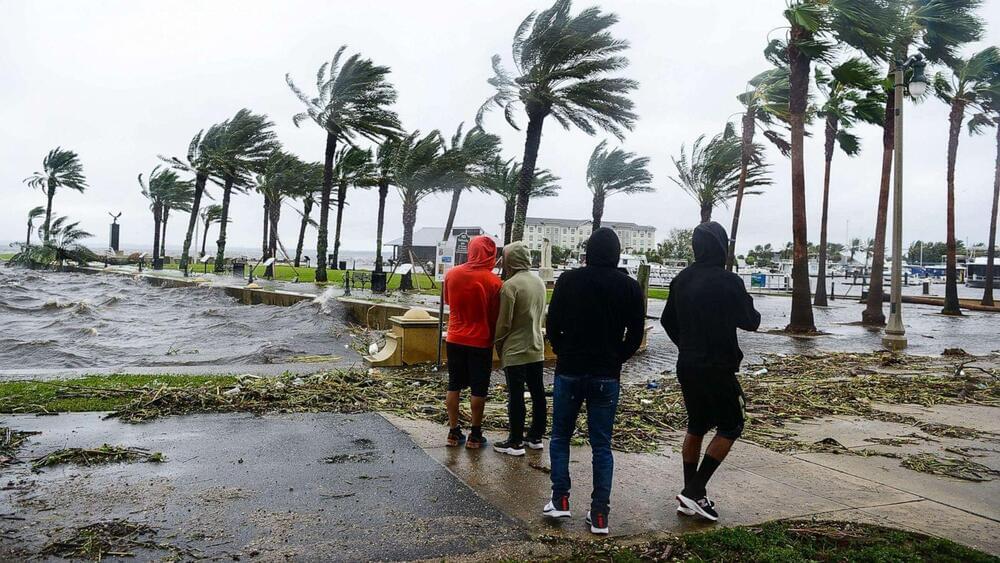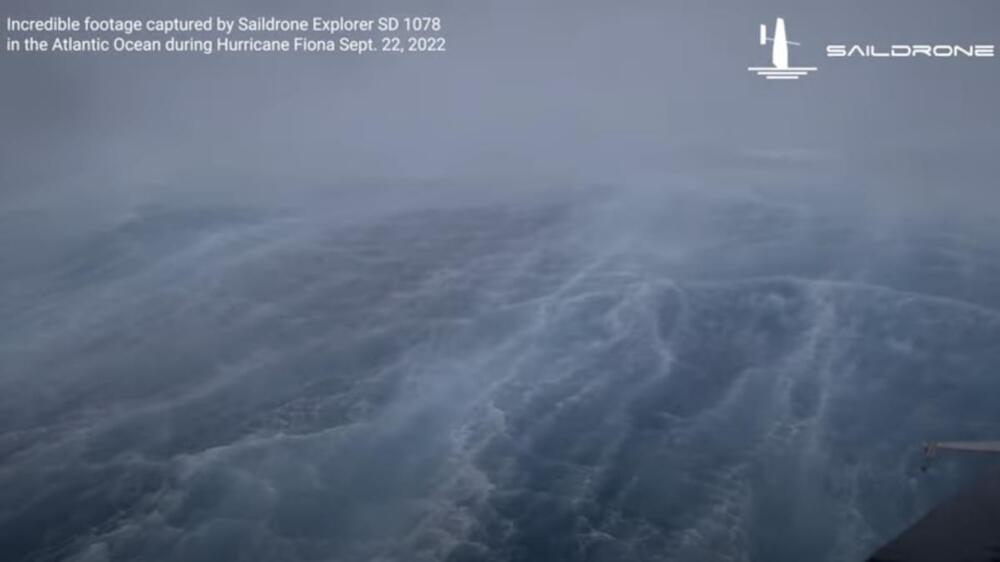#Evolution #History Of Earth#Nature Communications#Gravitational Forces#Stony Brook University#Columbia University


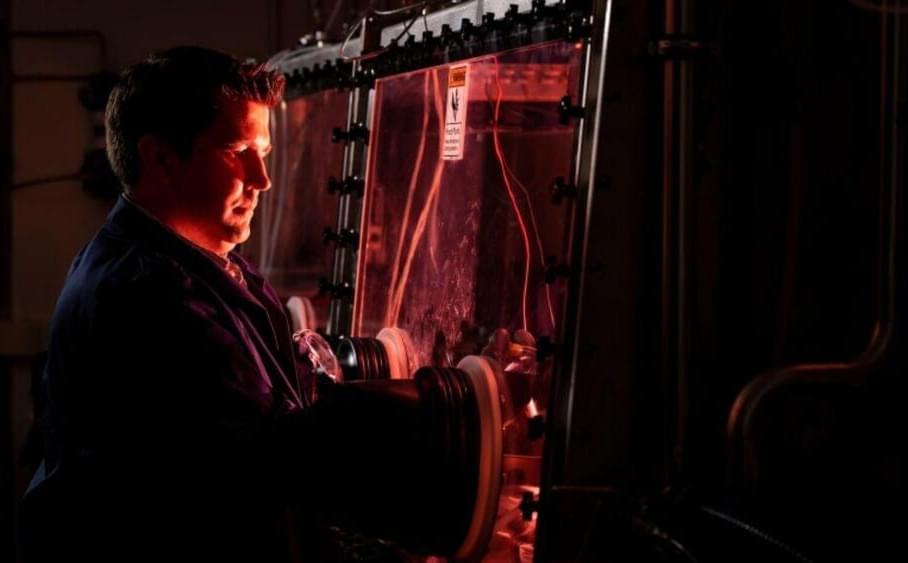
The new system uses molten salts instead of traditional fuel rods.
The world is rethinking nuclear power plants in the face of climate change. Your average plant produces 8,000 times more power than fossil fuels and is environmentally friendly. There’s one massive caveat, though, in the form of nuclear disasters, such as the 1986 Chernobyl incident and the 2011 Fukushima disaster.
Now, professor Matthew Memmott and colleagues from Bingham Young University (BYU) announced that they designed a new molten salt micro-reactor system that allows for safer nuclear energy production. As per a press release, it may also solve a number of other key issues related to nuclear energy production.
Photo by brooklyn jarvis kelson/byu photo.
Your average plant produces 8,000 times more power than fossil fuels and is environmentally friendly. There’s one massive caveat, though, in the form of nuclear disasters, such as the 1986 Chernobyl incident and the 2011 Fukushima disaster.


Scientists are ringing alarm bells about a significant new threat to U.S. water quality: as winters warm due to climate change, they are unleashing large amounts of nutrient pollution into lakes, rivers, and streams.
The first-of-its-kind national study finds that previously frozen winter nutrient pollution—unlocked by rising winter temperatures and rainfall—is putting water quality at risk in 40% of the contiguous U.S., including over 40 states.
Nutrient runoff into rivers and lakes—from phosphorus and nitrogen in fertilizers, manure, animal feed, and more—has affected water quality for decades. However, most research on nutrient runoff in snowy climates has focused on the growing season. Historically, cold temperatures and a continuous snowpack froze nutrients like nitrogen and phosphorous in place until the watershed thawed in the spring, when plants could help absorb excess nutrients.
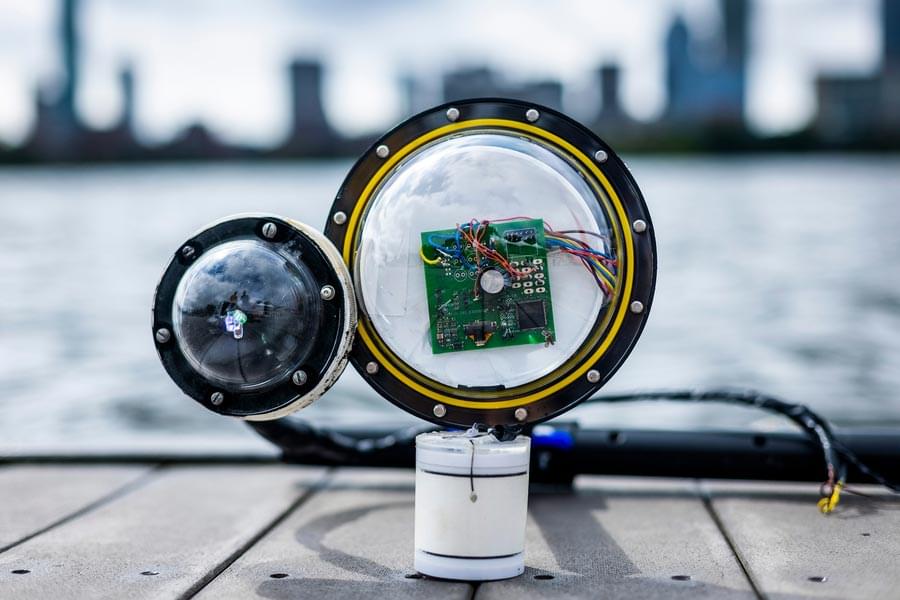
New underwater camera could help scientists explore unknown regions of the ocean, track pollution, or monitor the effects of climate change.
More than 95 percent of Earth’s oceans have never been observed, according to estimates by scientists, which means we have seen less of our planet’s ocean than we have the far side of the moon or the surface of Mars.
Mars is the second smallest planet in our solar system and the fourth planet from the sun. It is a dusty, cold, desert world with a very thin atmosphere. Iron oxide is prevalent in Mars’ surface resulting in its reddish color and its nickname “The Red Planet.” Mars’ name comes from the Roman god of war.
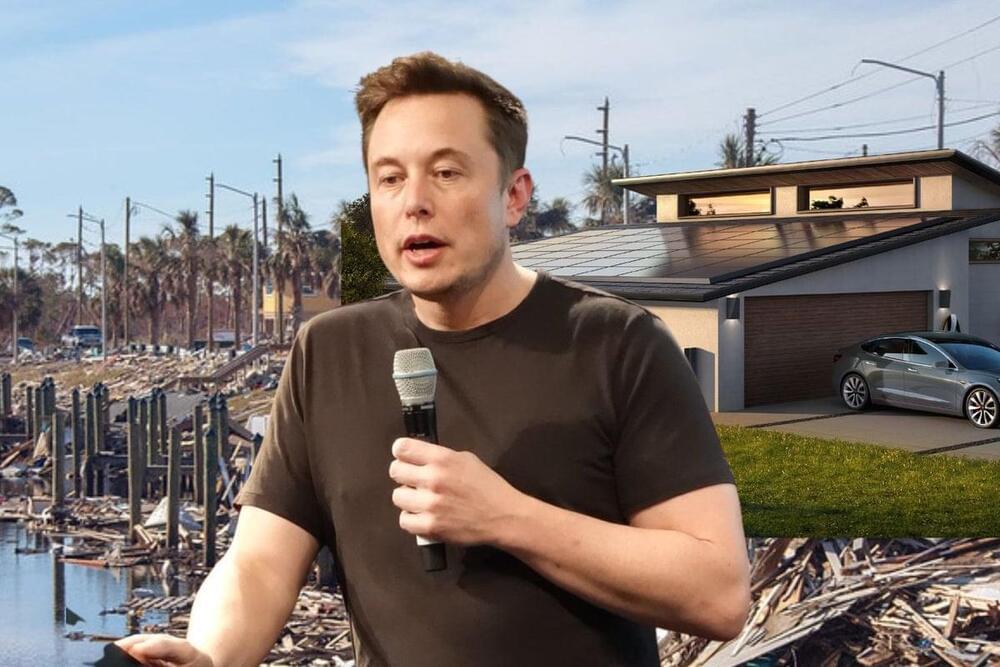
Known for its electric vehicles, Tesla Inc TSLA also has a solar power division. Customers who bought solar roofs in Florida might be thanking the company after the lingering damage of Hurricane Ian.
What Happened: Hurricane Ian hit landfall in Florida and has caused severe damage to the region. Benzinga previously reported the impact could be $258 billion in replacement costs in one region and another $149 billion in the area of Tampa Bay.
The impact could be hundreds of millions of dollars for insurance companies as well.
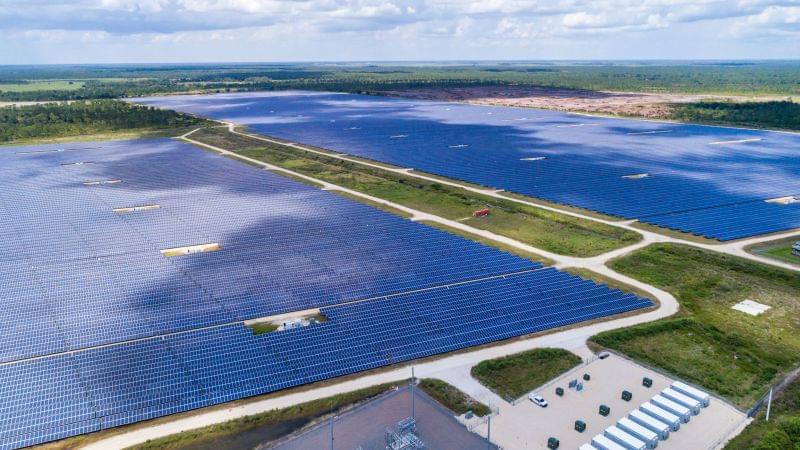
The streets in this meticulously planned neighborhood were designed to flood so houses don’t. Native landscaping along roads helps control storm water. Power and internet lines are buried to avoid wind damage. This is all in addition to being built to Florida’s robust building codes.
Some residents, like Grande, installed more solar panels on their roofs and added battery systems as an extra layer of protection from power outages. Many drive electric vehicles, taking full advantage of solar energy in the Sunshine State.
Climate resiliency was built into the fabric of the town with stronger storms in mind.
